WPC Panels Explained: From Raw Materials to End Product
Dive into the detailed journey of WPC panels from raw materials to finished product. Discover how these eco-friendly alternatives are reshaping the construction industry.
WPC Panels Explained: From Raw Materials to End Product
Introduction to WPC Panels
Wood Plastic Composite (WPC) panels have emerged as a sustainable alternative to traditional wood products. Known for their durability, resistance to moisture, and low maintenance requirements, these panels are increasingly being used in construction, furniture manufacturing, and landscaping projects. The acronym WPC stands for Wood Plastic Composite, which refers to a material that combines wood fibers with plastic resins. This article delves into the detailed process of creating WPC panels, from the selection of raw materials to the final quality checks, and discusses the environmental benefits and advantages over traditional wood products.
The Process of Creating WPC Panels
The journey of a WPC panel begins with the selection of high-quality raw materials. Typically, this includes wood fibers sourced from recycled wood waste, such as sawdust or wood chips, and plastic resins derived from recycled plastics. The use of recycled materials not only reduces the environmental footprint but also ensures that the product is cost-effective and eco-friendly. Once the raw materials are selected, they undergo a series of processes to create the final product. These processes include mixing, extrusion, cooling, cutting, and finishing. Each step is crucial in ensuring the quality and consistency of the WPC panels.
Environmental Impact and Advantages
One of the most significant advantages of WPC panels is their positive environmental impact. By utilizing recycled materials, these panels reduce the demand for virgin resources and help mitigate the environmental degradation associated with deforestation. Additionally, WPC panels are highly resistant to moisture, pests, and rot, making them a durable option that requires minimal maintenance. This longevity further reduces the need for frequent replacements, thereby decreasing waste and promoting sustainability. In contrast, traditional wood products often require regular treatment with chemicals to prevent decay, leading to higher environmental costs.
Quality Checks and Certification
After the production process, WPC panels undergo rigorous quality checks to ensure they meet industry standards. These checks include testing for strength, flexibility, and resistance to various environmental factors. Only panels that pass these tests are certified for use in construction and other applications. This stringent quality control process guarantees that consumers receive a reliable and high-quality product that meets their expectations and needs.
Conclusion
WPC panels represent a significant advancement in the field of composite materials, offering a sustainable alternative to traditional wood products. By leveraging recycled materials and innovative manufacturing techniques, WPC panels provide numerous environmental benefits and superior performance characteristics. As awareness about the importance of sustainability continues to grow, the demand for WPC panels is likely to increase, paving the way for a greener future in construction and manufacturing.
Reference
ScienceDirect – Wood Plastic Composites: A Review on Processing, Properties, and Applications
Baoding Plastroy WPC Products
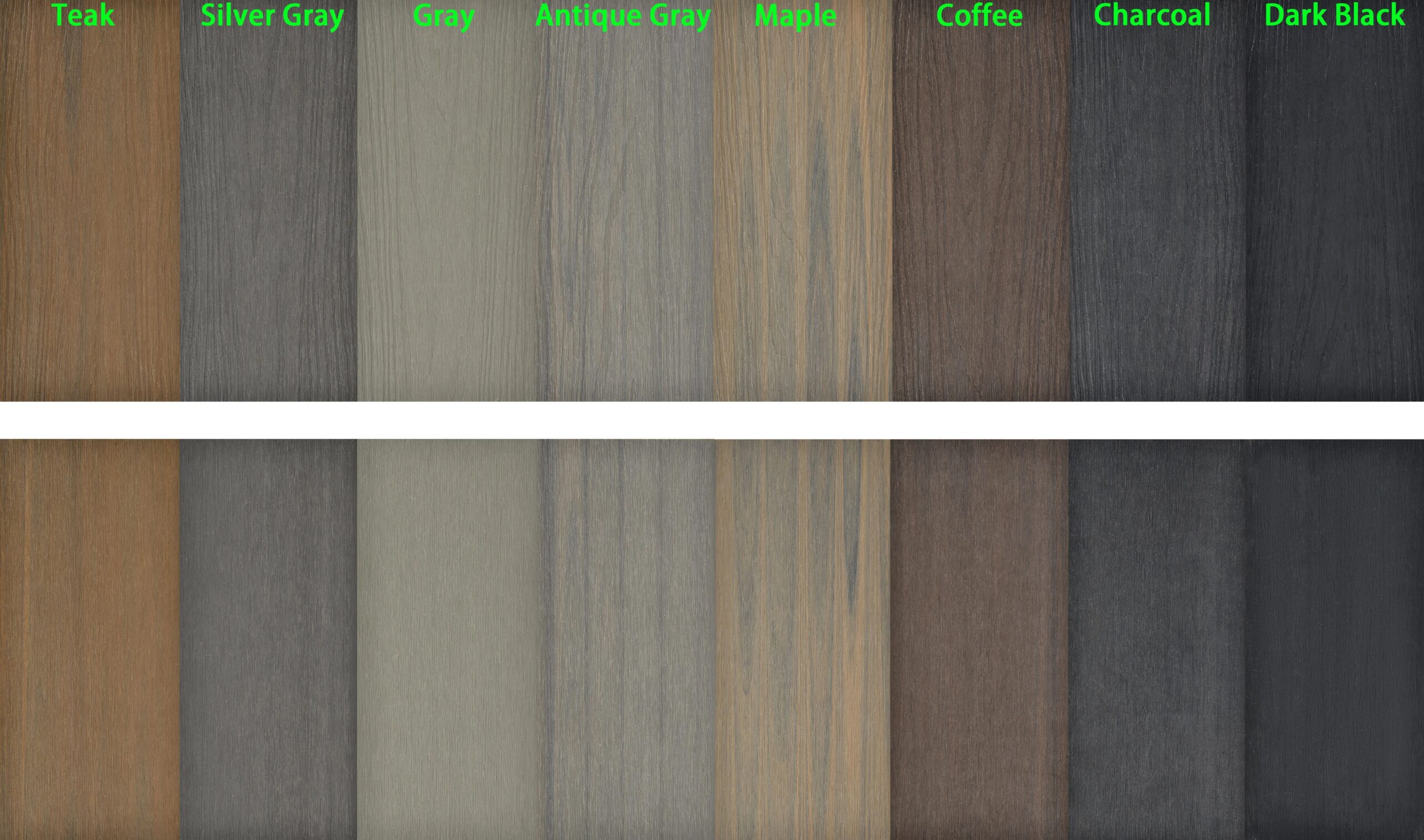

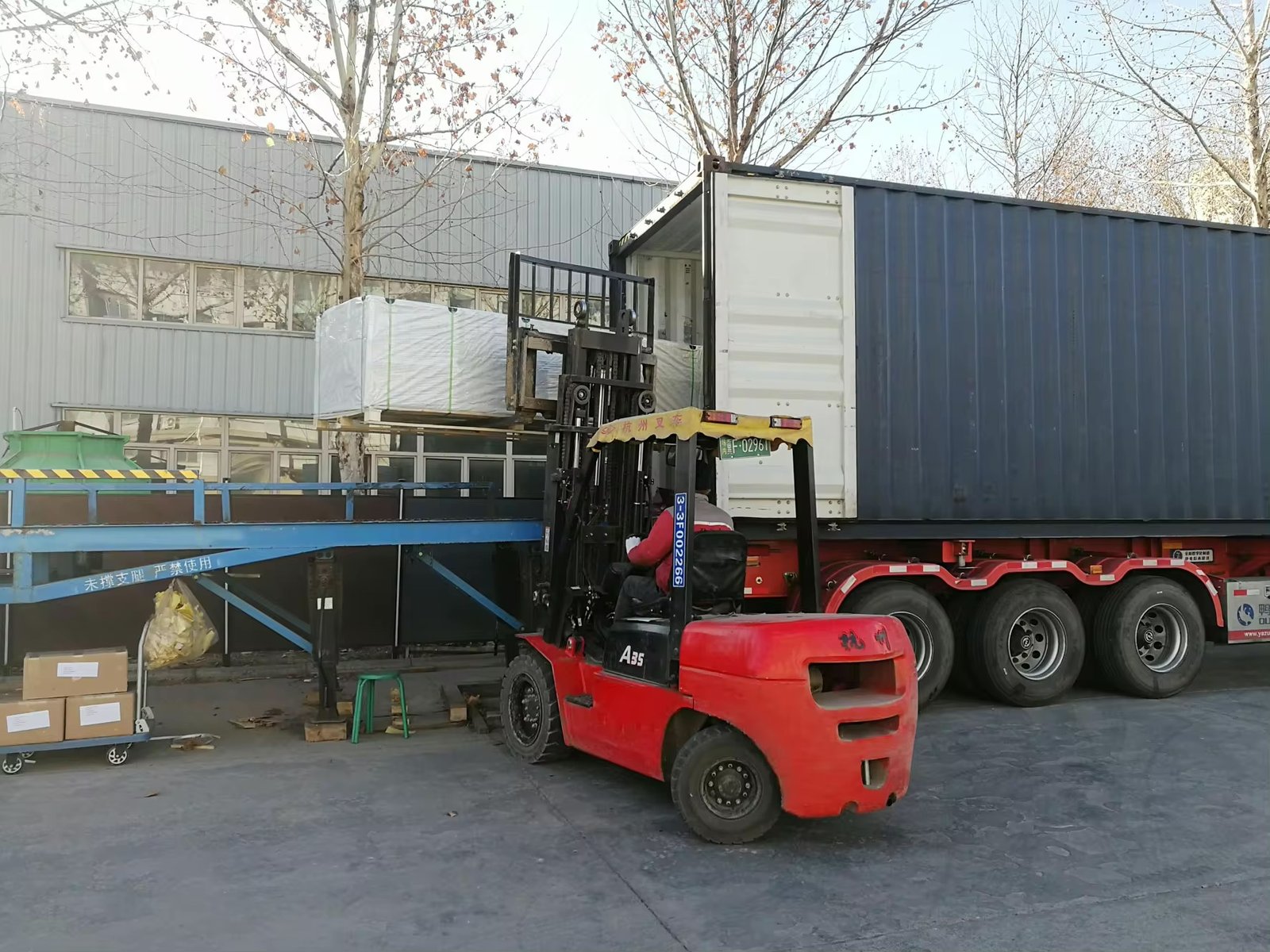
Why Choose Plastory?
Baoding Plastory New Materials Co., Ltd. is a manufacturer of decorative materials with over 9 years of experience and 56 separate production lines.
Currently, our annual production exceeds 30,000 tons, with products exported to more than 50 countries worldwide.
Plastory is the drafting unit of the WPC National Standards and has obtained certifications such as REACH, ASTM, CE, and FSC. Plastory is dedicated to maintaining consistent quality, focusing on details, and prioritizing customer satisfaction.
Our factory is located in Baoding, Hebei Province, China, with a prime location and convenient transportation access. Baoding is approximately a 1.5-hour drive from Beijing Capital International Airport and just 2 hours away from Tianjin Port, making it easy for global clients to visit and facilitating efficient shipping of goods. Our facility spans a large area, equipped with advanced production equipment and modern testing facilities to ensure that every batch of products meets the highest quality standards.
We warmly welcome clients from around the world to visit our factory, where you can see our production processes firsthand and experience our product quality. Please feel free to reach out to us—we are committed to providing you with the best products and services.
Kindly get in touch with us to request a product catalogue.

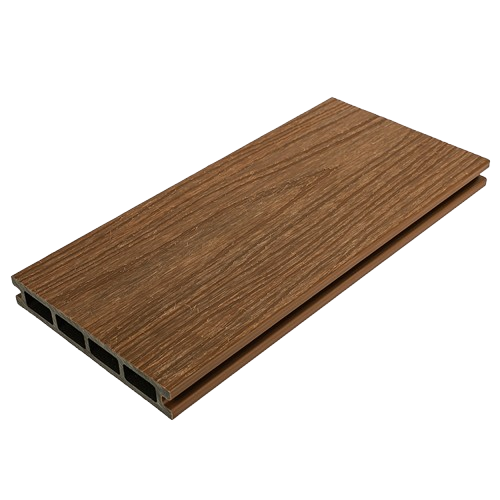

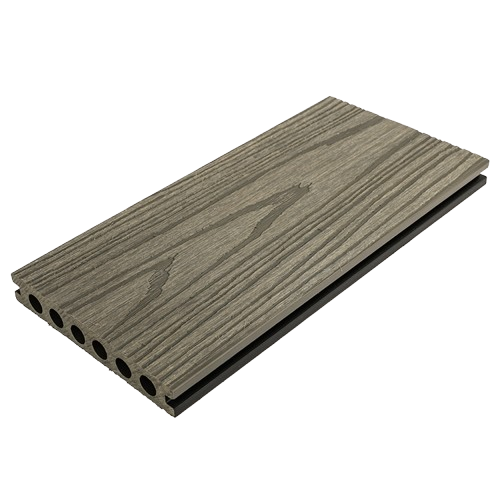
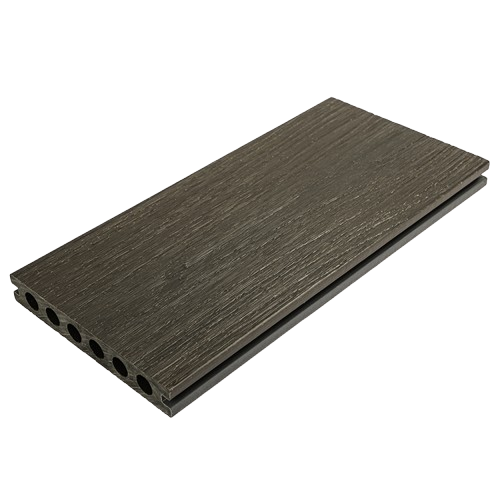
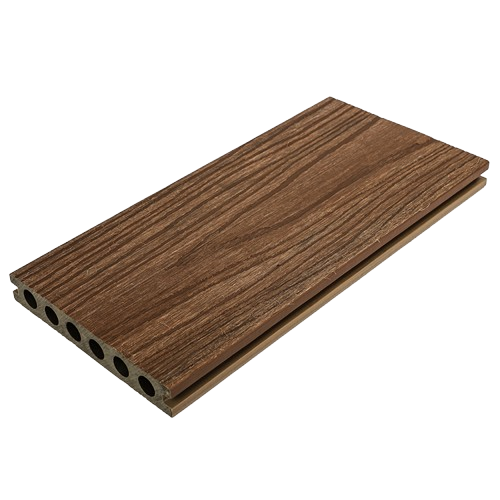
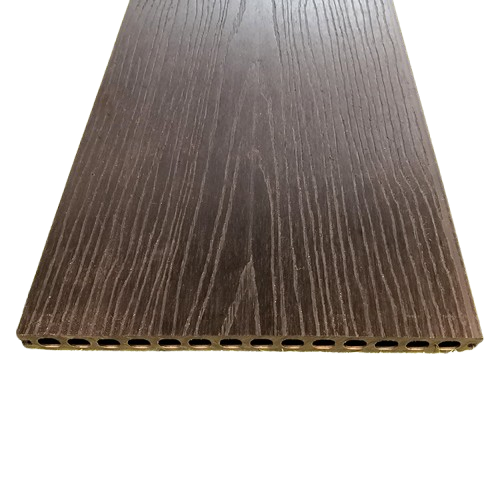
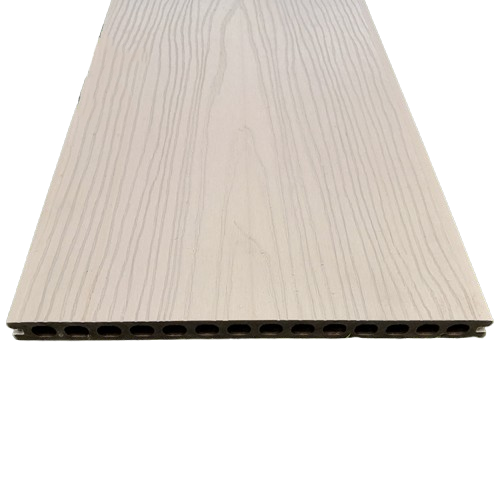

Reviews
There are no reviews yet.